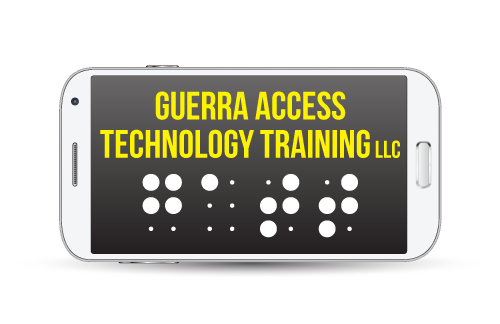Online trends change daily, especially with social media usage being one of the most popular online activities. In 2021, over 4.26 billion people were using social media worldwide, which analysts predict will increase to almost six billion in 2027 (Statista).
While things like emojis and hashtags have proven to be tried and true online staples, it’s important to still be mindful and digitally accessible.
Emojis
Emojis are often used to punch up and add flair to copy by bringing lightheartedness and fun to posts. When using emojis, it’s important to remember that users using screen readers will have a different experience. Use them judiciously, but do not use them to replace context.
The screen reader will describe the emoji (ie; “face with tears” for the crying emoji). While the user can still understand the emoji and the intention, too many can be disruptive and tedious. It’s best to scale back and not overuse emojis in posts. If you are going to use them, make sure there is a space on either side of the emoji.
Since the screen reader describes the emoji, it’s best not to use them to replace words. For example, a smile emoji should not replace the word “happy.”. Since the screen reader will describe the emoji, it might be unclear what the message is with the word “happy” tacked on to the end of randomly placed in the middle.
Another rule of thumb is to avoid using emoticons. Emoticons are the vintage version of emojis, using things like colons and parentheses to make smiley faces and other facial expressions. Again, screen readers will read it as is, saying something like “colon parentheses,” which doesn’t convey a meaningful message to the user.
When using emojis on a website or copy that will be evergreen or referenced, test emojis in both light and dark modes; considering those with color blindness, you want a high contrast level, so the emoji is visible. For example, the gray moon emoji is not legible in dark mode.
Hashtags
Hashtags can be used as a great networking and outreach tool. Using hashtags can connect users to your brand and business by making it easy to find amongst your target audience.
To make hashtags digitally accessible, always use camelcase. Camelcase is when the first letter of each word is capitalized, for example, #DigitalAccessibility. By doing this, screen readers will know to separate the words.
Other social media and online tips are:
These tools are very helpful for business owners, and when used right, they can expand your business or brand’s outreach by being inclusive.
